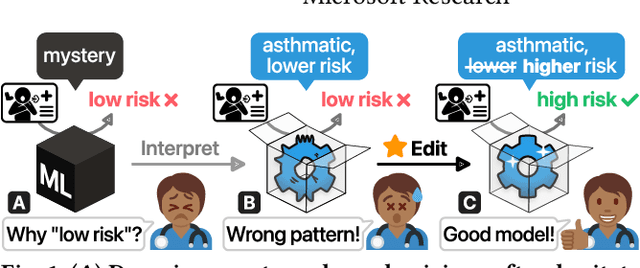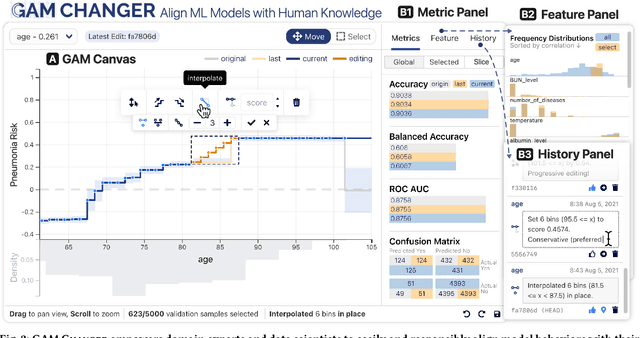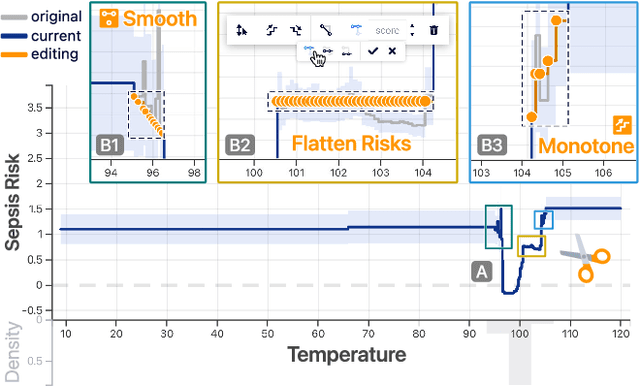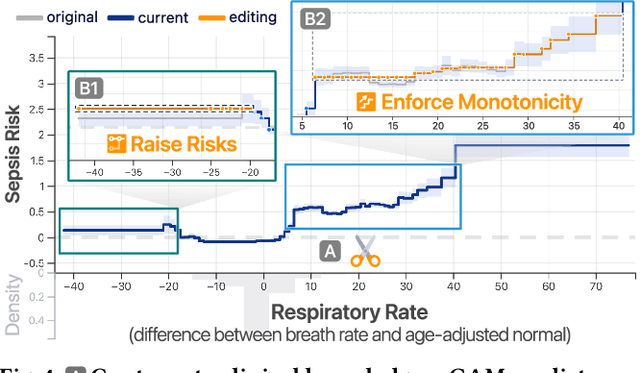Alex Kale
Decision Theoretic Foundations for Experiments Evaluating Human Decisions
Jan 25, 2024Abstract:Decision-making with information displays is a key focus of research in areas like explainable AI, human-AI teaming, and data visualization. However, what constitutes a decision problem, and what is required for an experiment to be capable of concluding that human decisions are flawed in some way, remain open to speculation. We present a widely applicable definition of a decision problem synthesized from statistical decision theory and information economics. We argue that to attribute loss in human performance to forms of bias, an experiment must provide participants with the information that a rational agent would need to identify the normative decision. We evaluate the extent to which recent evaluations of decision-making from the literature on AI-assisted decisions achieve this criteria. We find that only 6 (17\%) of 35 studies that claim to identify biased behavior present participants with sufficient information to characterize their behavior as deviating from good decision-making. We motivate the value of studying well-defined decision problems by describing a characterization of performance losses they allow us to conceive. In contrast, the ambiguities of a poorly communicated decision problem preclude normative interpretation. We conclude with recommendations for practice.
Interpretability, Then What? Editing Machine Learning Models to Reflect Human Knowledge and Values
Jun 30, 2022



Abstract:Machine learning (ML) interpretability techniques can reveal undesirable patterns in data that models exploit to make predictions--potentially causing harms once deployed. However, how to take action to address these patterns is not always clear. In a collaboration between ML and human-computer interaction researchers, physicians, and data scientists, we develop GAM Changer, the first interactive system to help domain experts and data scientists easily and responsibly edit Generalized Additive Models (GAMs) and fix problematic patterns. With novel interaction techniques, our tool puts interpretability into action--empowering users to analyze, validate, and align model behaviors with their knowledge and values. Physicians have started to use our tool to investigate and fix pneumonia and sepsis risk prediction models, and an evaluation with 7 data scientists working in diverse domains highlights that our tool is easy to use, meets their model editing needs, and fits into their current workflows. Built with modern web technologies, our tool runs locally in users' web browsers or computational notebooks, lowering the barrier to use. GAM Changer is available at the following public demo link: https://interpret.ml/gam-changer.
GAM Changer: Editing Generalized Additive Models with Interactive Visualization
Dec 06, 2021



Abstract:Recent strides in interpretable machine learning (ML) research reveal that models exploit undesirable patterns in the data to make predictions, which potentially causes harms in deployment. However, it is unclear how we can fix these models. We present our ongoing work, GAM Changer, an open-source interactive system to help data scientists and domain experts easily and responsibly edit their Generalized Additive Models (GAMs). With novel visualization techniques, our tool puts interpretability into action -- empowering human users to analyze, validate, and align model behaviors with their knowledge and values. Built using modern web technologies, our tool runs locally in users' computational notebooks or web browsers without requiring extra compute resources, lowering the barrier to creating more responsible ML models. GAM Changer is available at https://interpret.ml/gam-changer.
 Add to Chrome
Add to Chrome Add to Firefox
Add to Firefox Add to Edge
Add to Edge